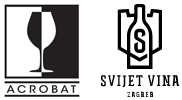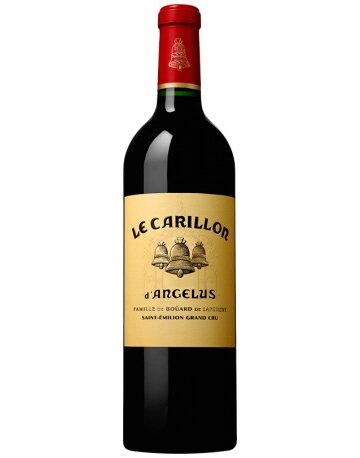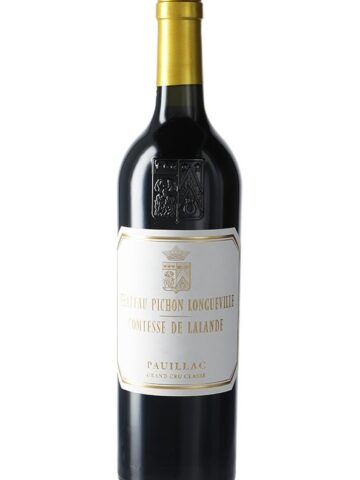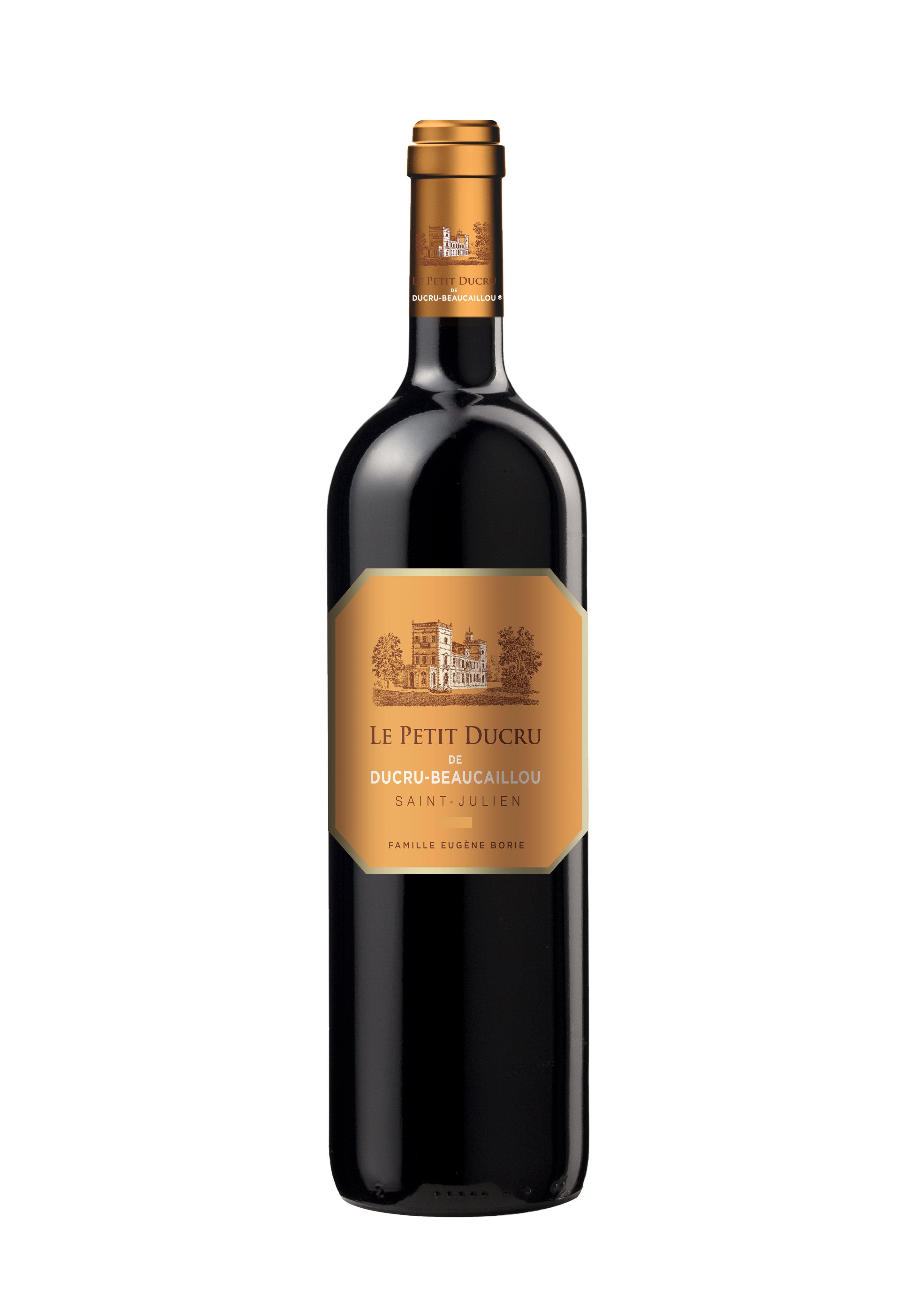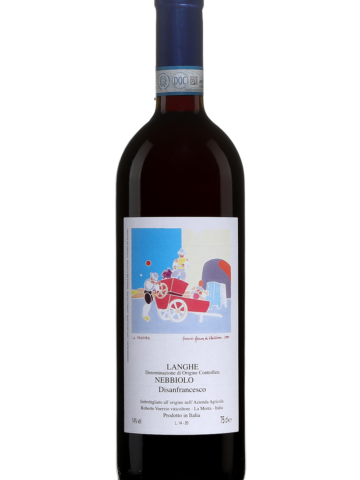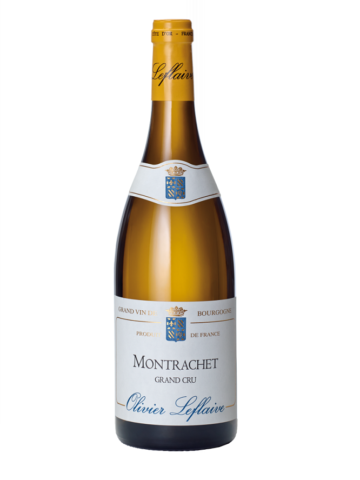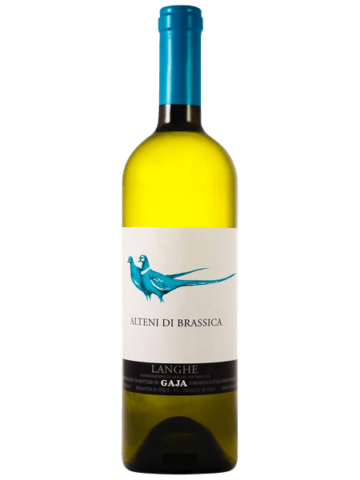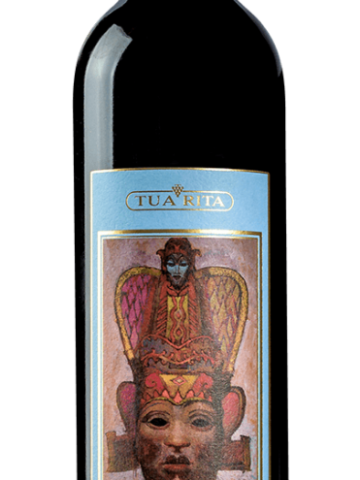REGIJA / REGION
Bordeaux je vinska regija smještena u jugozapadnoj Francuskoj te je domovina najpoznatijih svjetskih vinara. Ima stoljetnu tradiciju, a u vinima Bordeaux-a uživali su i stari Rimljani. Oko grada Bordeaux-a se nalazi 14 000 proizvođača vina te 117 514 hektara vinograda.
Regija je u blizini rijeke Gironde te Atlantskog oceana zbog čega ima morsku klimu. Ocean i rijeka donose blagu zimu i topla ljeta te duge sunčane jeseni. Regija je zaštićena od oceanskih snažnih vjetrova sa gustom borovom šumom koja se proteže paralelno uz regiju. Zbog rijeke i oceana regija ima vapnenačko tlo sa glinom i pijeskom što je izuzetno pogodno tlo za uzgoj vinove loze.
Bordeaux je najpoznatiji po crvenim vinima te plemenitim slatkim vinima, no ne zaostaju ni visokokvalitetna bijela vina. Bordeaux crvena vina imaju jedinstveni izražaj regije koji je prepoznatljiv u cijelom svijetu. Najčešće crne sorte koja se uzgajaju su Cabernet sauvignon, Merlot, Cabernet franc, Petit Verdot, Malbec. Najčešće bijele sorte su Sauvignon blanc, Semilion i Muscadelle. Klasifikacija bordoških vina počela je 1855. godine. Bordoški vinogradi podjeljeni su na pet regija; Entre-Deux-Mers, Libournais, Bourgeais-Blayais, Gravec i Medoc.
Bordeaux is a wine region located in southwestern France and is home to the world’s most famous winemakers. It has a century-old tradition, and the wines of Bordeaux were enjoyed by the ancient Romans. There are 14,000 wine producers and 117,514 hectares of vineyards around the city of Bordeaux.
The region is close to the Gironde River and the Atlantic Ocean, which is why it has a maritime climate. The ocean and river bring mild winters and warm summers and long sunny autumns. The region is protected from strong ocean winds with a dense pine forest that runs parallel to the region. Due to the river and ocean, the region has calcareous soil with clay and sand, which is an extremely suitable soil for growing vines.
Bordeaux is best known for its red wines and noble sweet wines, but high-quality white wines are not far behind. Bordeaux red wines have a unique expression of the region that is recognizable all over the world. The most common black varieties that are grown are Cabernet Sauvignon, Merlot, Cabernet Franc, Petit Verdot, Malbec. The most common white varieties are Sauvignon blanc, Semilion and Muscadelle. The classification of Bordeaux wines began in 1855. The Bordeaux vineyards are divided into five regions; Entre-Deux-Mers, Libournais, Bourgeais-Blayais, Gravec and Medoc.
